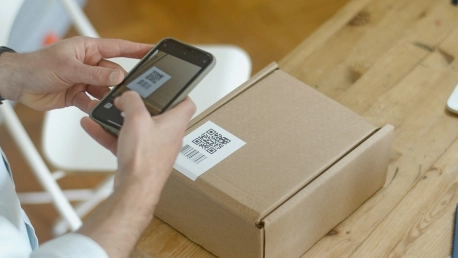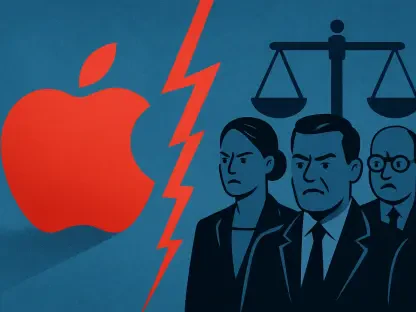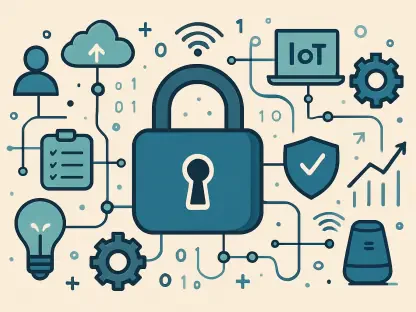QR codes are a popular tool around the globe. During the past two years, the vast majority of mobile payments have been made through QR codes. These codes are also becoming a trend in advertising today. But are QR codes actually secure?
Besides being a great benefit for digital shopping, visiting museums, or checking in at airports, many people wonder if QR codes are safe enough, or if there are any security risks that we don’t know about just yet.
While email remains the most successful medium for malicious links, QR codes are more convenient than they are dangerous. What is more, new and modern applications that use QR codes don’t leave any space for errors, by displaying codes that change periodically to avoid any risks. Users can safely scan any QR codes, but the challenge is continuously growing as the tool becomes increasingly used.
So, what are QR codes?
QR or Quick Response codes are barcodes printed on different media, functioning as a bridge between offline and online media. They are a communication tool that uses data from a printed platform and retrieves it in a digital format.
A favorite payment tool during the last few years, QR codes are used daily by millions of people safely through mobile apps. They ensure customers will have contactless delivery and payment options, which are a must these days, as we still navigate the ongoing public health concerns related to COVID-19.
Brands and marketers can use QR codes to their advantage, by tracking engagement through packaging or physical newsletters and brochures, which, in turn, will help them understand more about what customers are looking for nowadays. In other words, they are a valuable tool for collecting data and launching campaigns and can be used in many creative ways.
These codes can also be used as a source of extra information about products and services, and they are already adopted at scale due to the accelerated innovation in smartphones and other intelligent wearable technology. But QR codes are not the only option when it comes to contactless operations—other competing technologies offer digital watermarks.
How secure are QR codes?
QR codes can be safe and secure. While the technology itself cannot be compromised, the security concerns often associated with QR codes (such as malware or phishing) are usually related to third parties and the final destination of each code, whether it’s a web page that has been compromised or hacked.
In other words, third parties could compromise QR codes in different ways, such as:
- Using a destination address that is no longer owned by the creator to repurpose a QR code and send users to a malicious website
- Printing posters or stickers containing counterfeit QR codes and distributing them in public places for users to scan, thereby prompting them to download compromised software
Another risk of QR codes is that they cannot be deciphered by users—they are only machine-readable.
Even though QR technology is pretty safe, codes can sometimes contain risks, such as:
- Sending your location coordinates to a geolocation-enabled application
- Automatically adding an event to your device’s calendar with the risk of deleting your content
- Storing Wi-Fi credentials for automatic network connection
- Loading a malicious application and entering a compromised page
Can you increase QR code security?
Ultimately, QR code technology has fewer security issues than many online applications, and as long as you stay vigilant, they can be safe and secure. You can, of course, increase the level of security, by paying more attention to:
- Any alterations of the poster or flyer you’re about to scan (ensure it’s not a sticker placed on top of the original code)
- Spam emails containing QR codes and unusual posters of unknown companies
- Suspicious URLs—by checking the links before opening a website automatically on your phone









